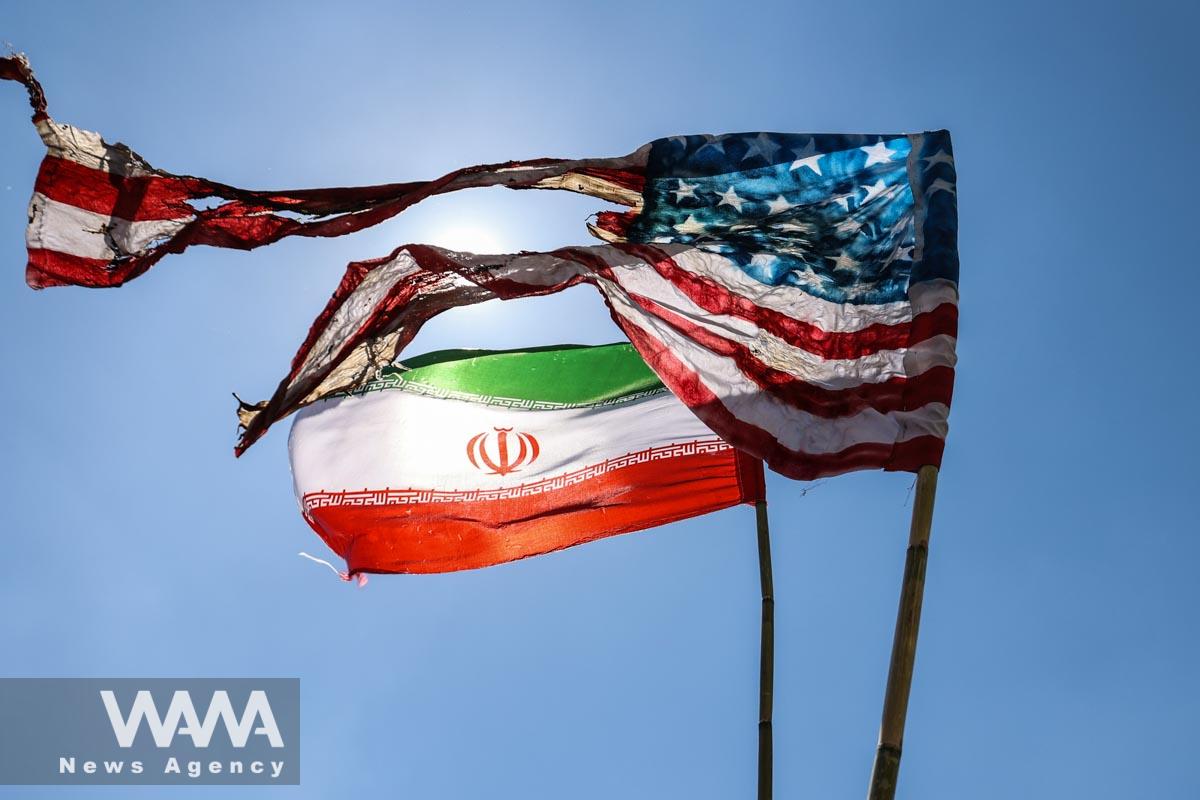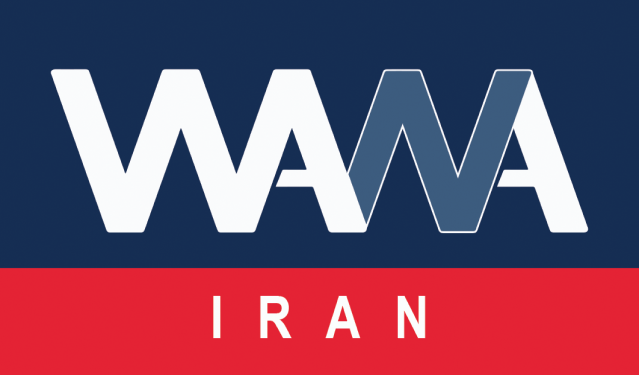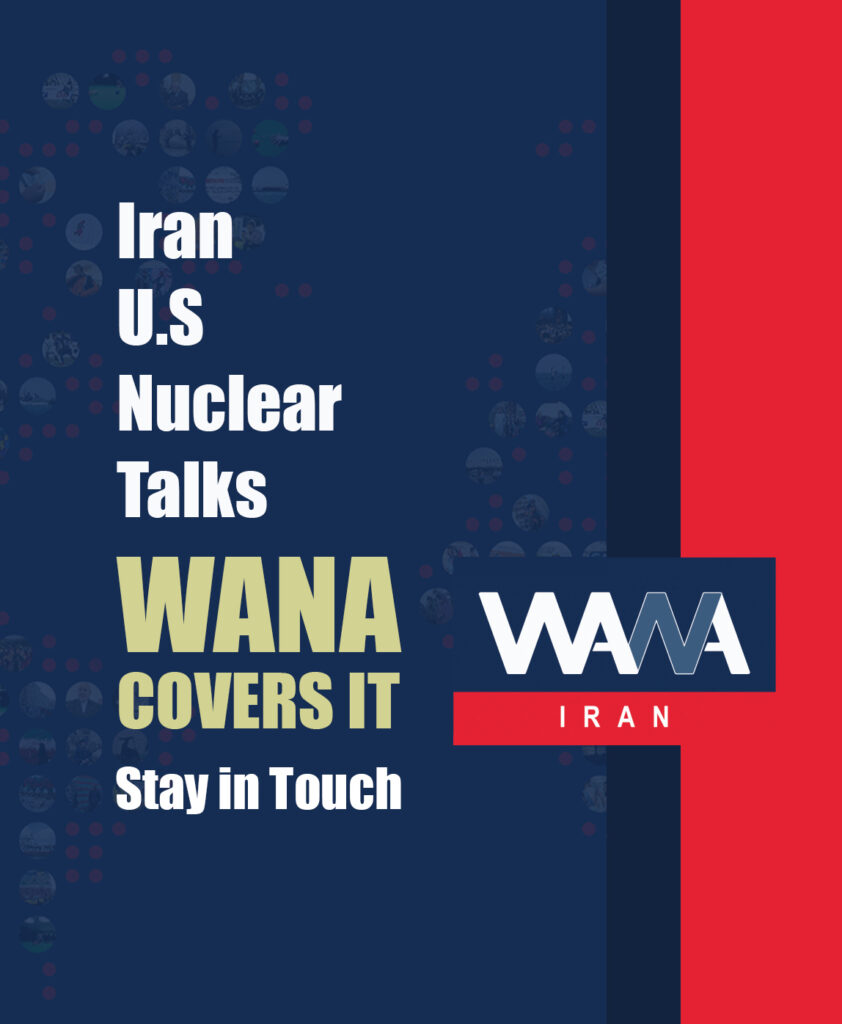Hidden War or Overt Peace? What Is Trump’s Real Plan for Iran?
WANA (Jan 22) – With Donald Trump returning to power, the future of Iran-U.S. relations has entered a sensitive phase. A key question looms large: Will Trump once again subject Iran to his “maximum pressure” policies, or will he adopt a new and potentially more complex approach? His first term left a legacy of sanctions and tensions, but many experts now believe “Trump 2.0” may pursue a different strategy.
Is the Goal Regime Change or Strategic Weakening of Iran?
Rahman Ghahremanpour, an international affairs analyst, argues that Trump’s policy will focus solely on economically and politically weakening Iran. He explains: “Trump’s goal with maximum pressure isn’t regime change but to make Iran weaker and poorer.”
It appears Trump’s advisory team will continue targeting Iran’s regional influence by expanding sanctions and curbing oil exports. Measures such as economic pressures, coordination with Israel to limit Tehran’s influence, and secondary sanctions on Iran’s trade partners are expected to remain central to this strategy.
“We live in a region full of risks, but it also has immense potential. We must prevent war between #Iran and #Israel or any conflict in the region.” – Saudi Foreign Minister Faisal bin Farhan at the World Economic Forum in #Davos#MiddleEast pic.twitter.com/lV37QDnGWl
— WANA News Agency (@WANAIran) January 22, 2025
Trump’s Advisory Recipe: Technology Meets Policy
A distinguishing feature of Trump’s strategy this time could be greater reliance on advanced technologies like artificial intelligence to analyze behavioral trends and design policies. This will allow Trump to predict the outcomes of his actions with greater precision.
However, internal divisions within his team are evident. On one side are hardliners like Marco Rubio, staunchly anti-Iranian, while on the other, figures such as Elon Musk advocate for commercial diplomacy. This contrasting yet dynamic mix adds complexity to Trump’s policymaking environment.

What is Trump’s 2025 Strategy Towards Iran?
WANA (Dec 23) – Following the helicopter incident involving Ebrahim Raisi, the late Iranian president, American analysts predicted his replacement by a more radical figure, potentially leading to internal fractures and diminished stability within the Islamic Republic. However, these forecasts quickly proved incorrect. The Islamic Republic demonstrated its resilience by restructuring its systems and achieving […]
Three Possible Scenarios for the Future of Iran-U.S. Relations
1. Continuation of Maximum Pressure
In this scenario, Iran would face reduced oil exports and exclusion from the global financial system. International coalitions against Iran could intensify, and U.S.-Israel cooperation would grow stronger. While this approach doubles economic pressure on Iran, it risks escalating tensions to the brink of military conflict.
2. Sustaining the Status Quo: Tensions Without Direct Conflict
The second scenario envisions the continuation of the current state of affairs—persistent tensions without devolving into war or peace. Sanctions would remain in place while Iran continues efforts to bypass them. This results in a high-pressure, unstable environment with no full-scale war or lasting peace in sight.
The outcome would likely be increased estrangement between Iran and the West and heightened economic strain on the Iranian people.
#Trump Ends Physical Protection for John Bolton#US President has ended the policy of providing physical protection for his former National Security Adviser, John Bolton. The protection was originally granted due to claims of “death threats from #Iran.”https://t.co/dkmYSTpiWM
— WANA News Agency (@WANAIran) January 22, 2025
3. The Diplomatic Route: A Comprehensive Agreement
While reaching an agreement requires serious compromises from both sides, this scenario offers significant benefits: reentry of Iran into global markets, foreign investments, reduced tensions in the Middle East, and enhanced regional stability.
At the Davos Forum, Qatar’s Prime Minister noted: “The only viable path forward is a diplomatic solution. Both sides must return to the negotiating table.”

A burned US flag next to an Iranian flag is seen during a rally marking the annual Quds Day, or Jerusalem Day, on the last Friday of the holy month of Ramadan in Tehran, Iran, April 14, 2023. Majid Asgaripour/WANA (West Asia News Agency)
This option could yield substantial benefits for all parties involved:
For Iran: Sanctions relief, global market access, and improved livelihoods for its people.
For the U.S.: Restrictions on Iran’s nuclear program and reduced Middle East tensions.
For the region and the world: Improved stability in the Middle East and lower global energy prices.
Yet, achieving this path is far from simple. Divergent perspectives, domestic and regional lobbying, and conflicting interests pose considerable challenges.

Pezeshkian: Iran Has “Never” Planned the Assassination of Donald Trump
WANA (Jan 15) – In an exclusive interview with NBC News, Iran’s President, Massoud Pezeshkian, stated that Iran is fundamentally ready for dialogue with a potential second term of Donald Trump’s administration. He emphasized, however, the importance of honoring commitments made during such negotiations, adding that Iran has “never” planned the assassination of Donald Trump […]
Divisions in Washington: What Will Trump Do?
Clear divisions exist within Trump’s team regarding Iran policy. For instance, Michael P. Demino, a former CIA analyst recently appointed as Pentagon’s chief Middle East policymaker, represents a surprising choice.
Demino supports humanitarian aid to Gaza and opposes escalating tensions with Iran, stating: “In some ways, Iran is manageable. This is an issue we have extensive experience with and is not a top-tier threat to the U.S. The Israelis may view this differently, but this is where U.S. and Israeli interests diverge.”
Nevertheless, the influence of pro-Israel lobbies and hardliners cannot be ignored. These divides could lead to inconsistent and piecemeal policies.
Though Trump has likely learned from his first term, a return to maximum pressure policies seems inevitable. This strategy focuses on persistently weakening Iran without resorting to regime change. While diplomacy might offer a more sustainable and logical solution, it depends on mutual resolve and compromise.
#US #Flag Removed from the Ground of #Iran ’s Government Courtyard: Symbolic or Strategic?
Recently, the design of the U.S. flag was removed from the ground of courtyard of Iran’s government compound—an action that, while…#Trumphttps://t.co/w7QAtJ3TiT
— WANA News Agency (@WANAIran) January 20, 2025
Iran’s Strategic Response
Iran must prepare for all three scenarios with robust strategies:
1. Internal Resilience: Enhancing economic efficiency and implementing structural reforms.
2. Strengthening Regional Diplomacy: To counter U.S. pressures.
3. Military Readiness: To address potential threats.
Ultimately, only time will reveal whether Iran and Trump can chart a new path between confrontation and collaboration—or whether history will repeat itself. The resolution of this conundrum may alter the fate of the region and even the world.

Iran, Trump, and His Team!
WANA (Nov 08) – More important than Trump himself is the team he appoints at the top of the State Department, Department of Defense, CIA, and National Security Council. This time around, Trump is selecting individuals who, unlike in his first term, are loyal to him and committed to his decisions. When it comes […]













